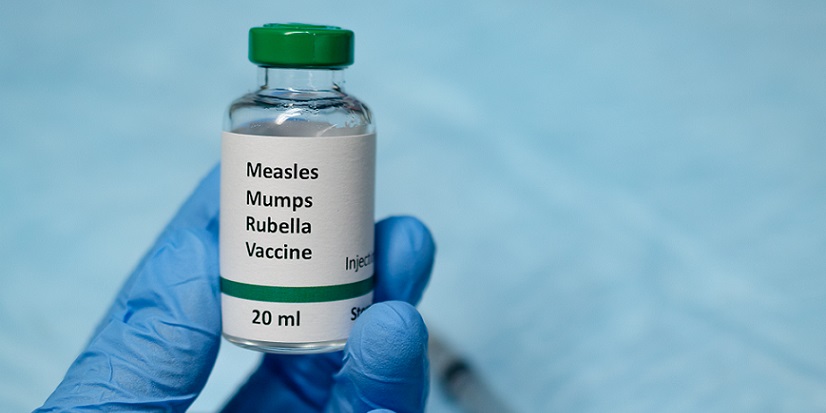
An outbreak of nearly 150 measles cases and the death of a school-aged child in Texas are making headlines. It’s one of the most contagious infectious diseases because it can linger in the air for hours after an infected person coughs or sneezes, but it’s also vaccine-preventable
While Texas public health officials report that most cases have been in patients who were unvaccinated or with unknown vaccination status, five cases were found in people who said they have been vaccinated. So how do you know if you’re still protected?
- If you had the measles, mumps, and rubella (MMR) vaccine as a baby or child, you are protected for life.
- There is a small group of adults who were vaccinated for measles between 1963-1968 who may not be protected and should check their vaccination history to see which one they received. (In that time period, a version of the vaccine that used an inactivated form of the virus was available before it was found to be ineffective and ultimately taken off the market.)
- If you were born before 1957, you’re presumed to have naturally induced immunity, because you were likely exposed to measles before a vaccine became available.
If you don’t have access to your vaccination records or can’t confirm for sure that you were vaccinated, the easiest thing to do is to get another dose. There are also blood tests that can measure antibodies to the measles virus, which can be helpful for people who are immunocompromised or have another condition that prevents them from receiving the MMR vaccine.
The first dose of the MMR vaccine is recommended at age 12-15 months, followed by a second dose around ages 4-6 years old. However, during an outbreak, a first dose at 6-11 months may be recommended, as is the case currently in Texas.
Because measles is so contagious, it relies on at least 95% of a community to be vaccinated. In the U.S., about 91% of children ages 19–35 months have been vaccinated. However, coverage in some communities is much lower, putting them at greatest risk.
Measles typically causes a cough, red eyes, high fever, and rash, but it can lead to more severe health problems like pneumonia, encephalitis and pregnancy complications. Nationally, 1 out of every 5 cases has resulted in hospitalization.


